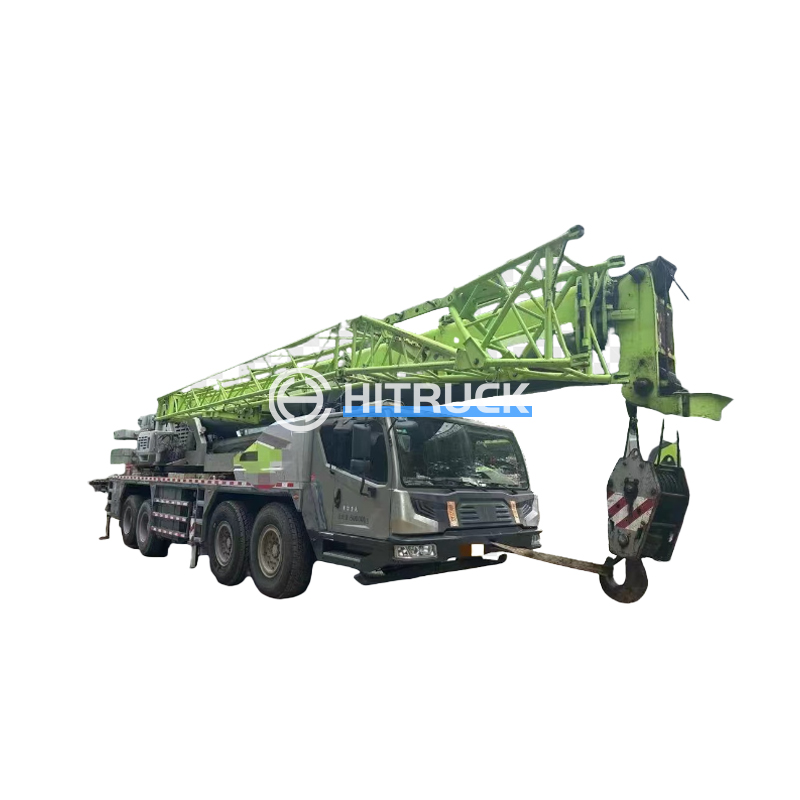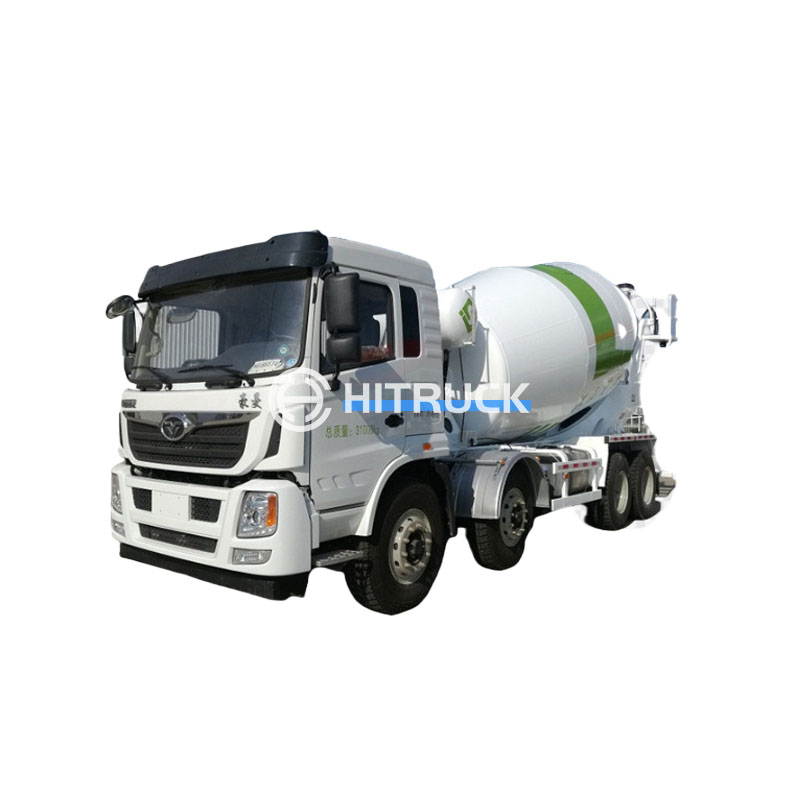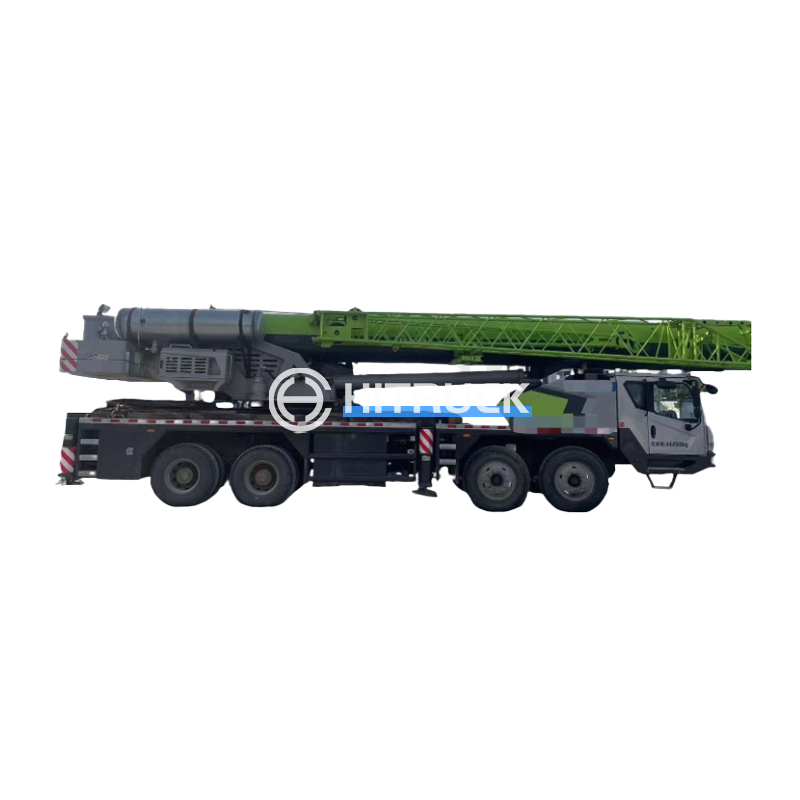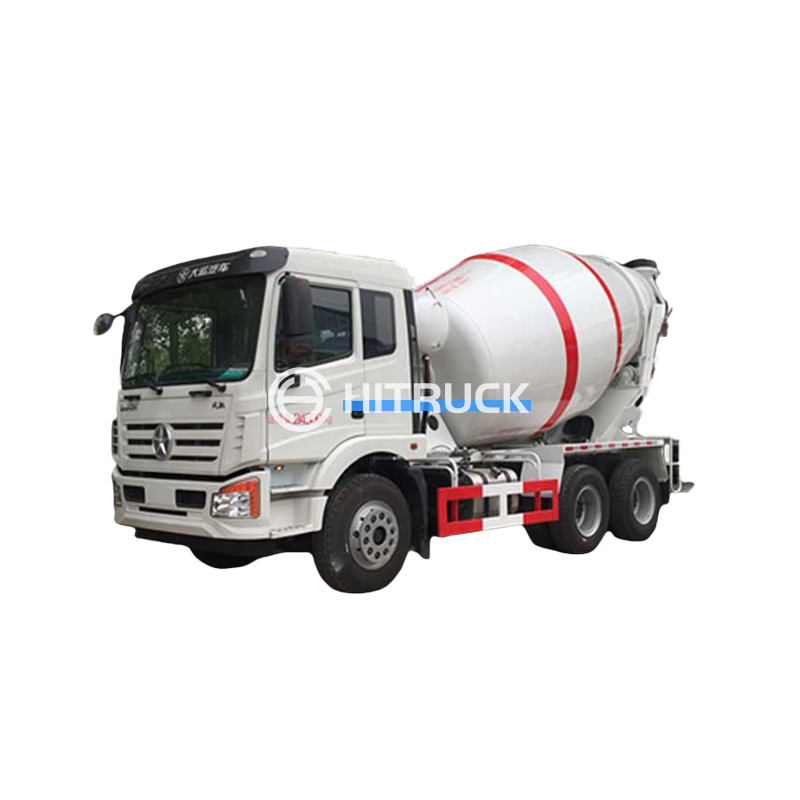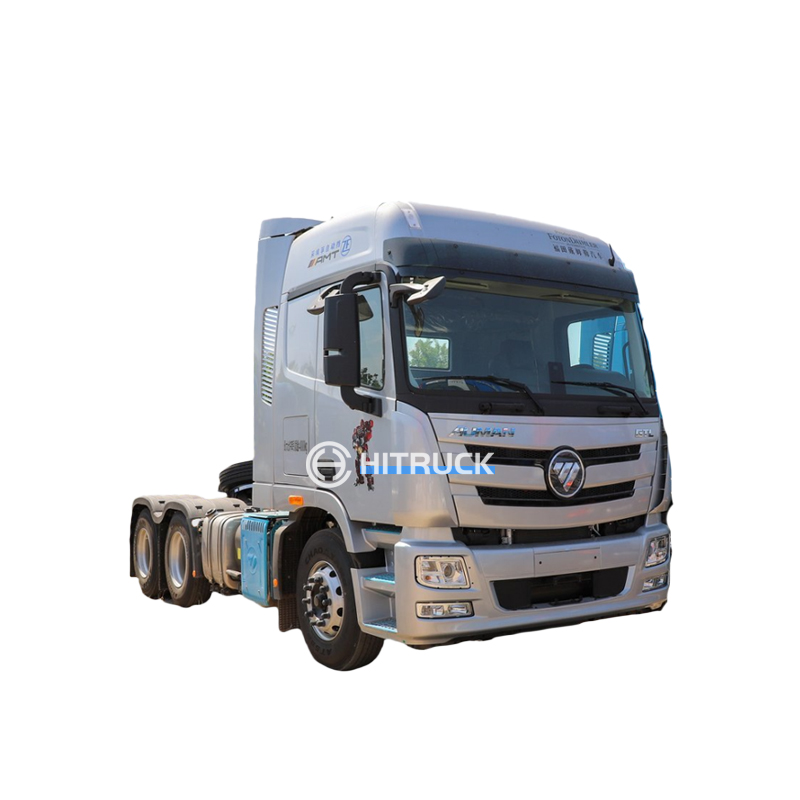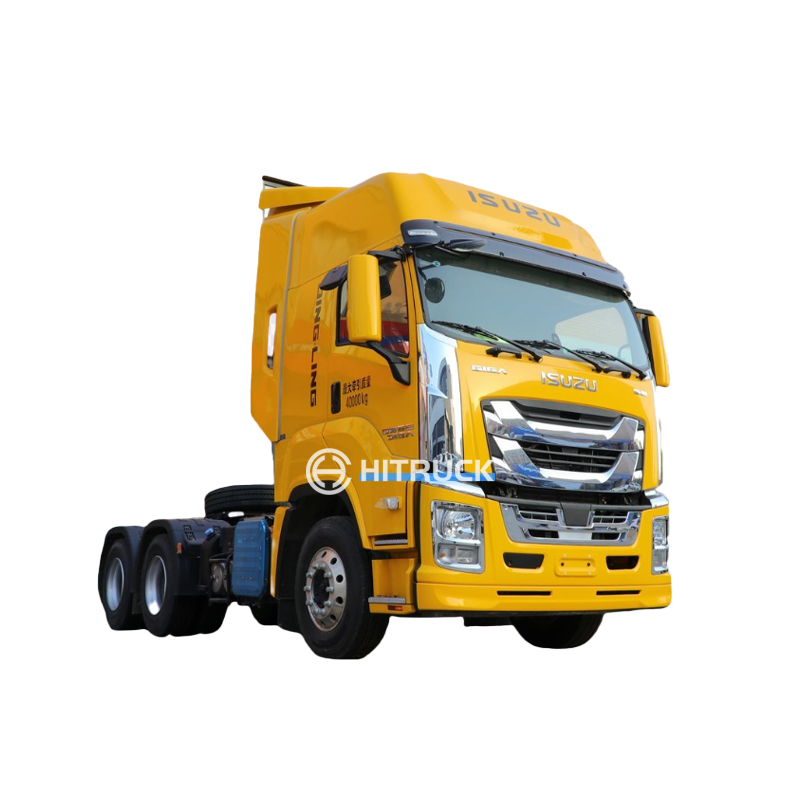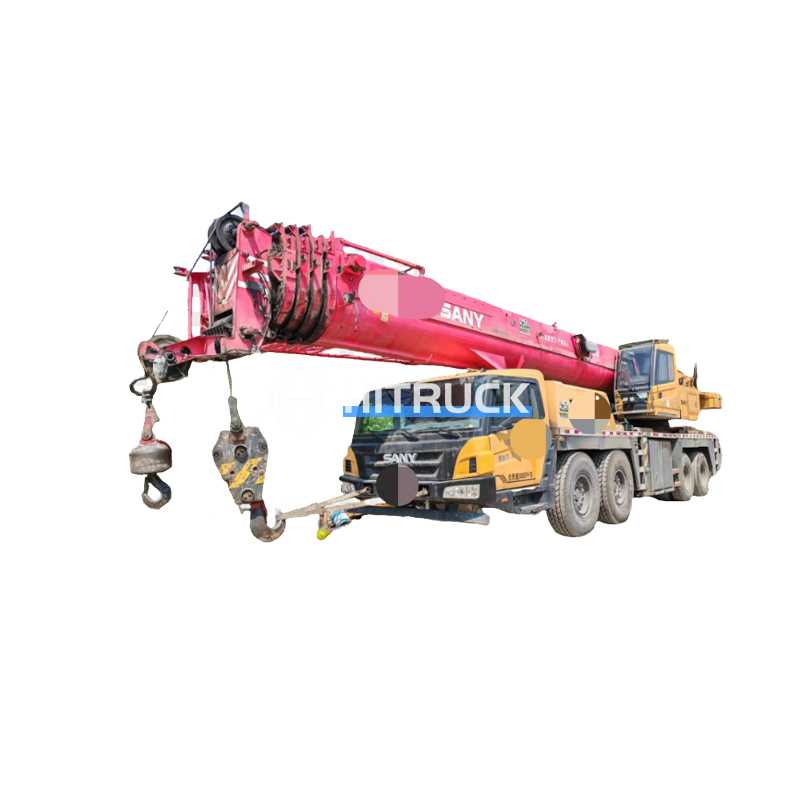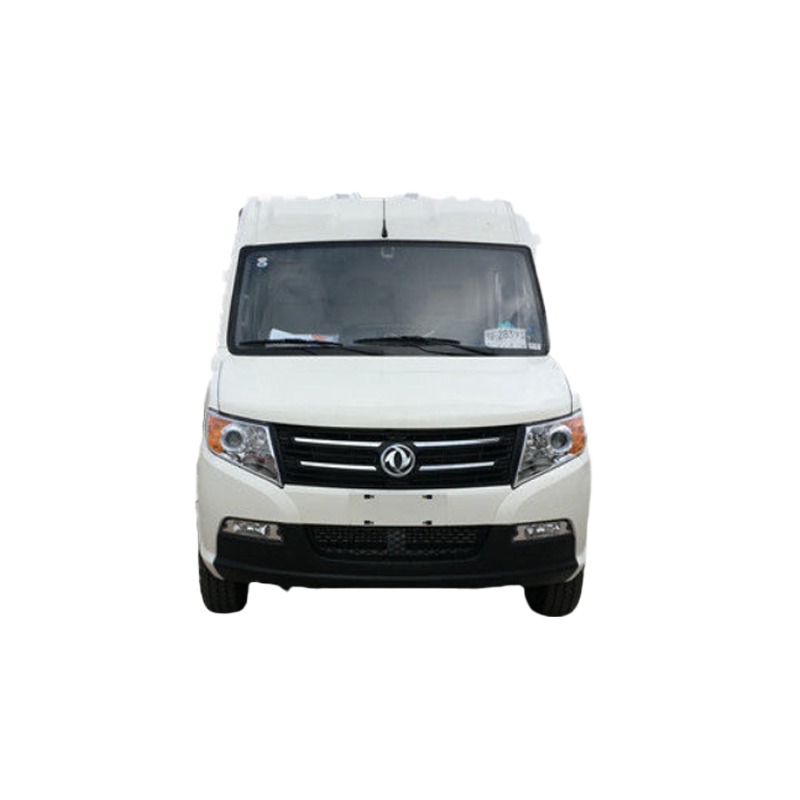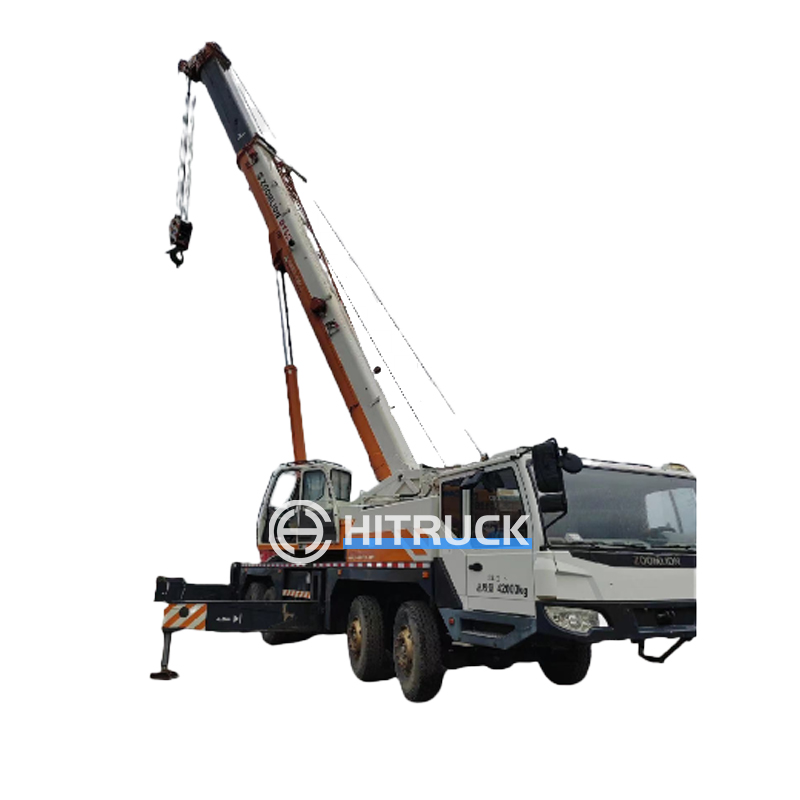This comprehensive guide explores the crucial aspects of bridge overhead cranes, assisting you in understanding their functionality, selection process, and applications. We delve into the various types, key features, safety considerations, and maintenance requirements to help you make informed decisions. Learn how to choose the ideal bridge overhead crane for your specific needs, ensuring efficiency and safety in your operations.
Single girder bridge overhead cranes are characterized by their simpler design and lower cost. They are suitable for lighter lifting capacities and applications where precise positioning isn't paramount. Their compact design makes them ideal for spaces with height restrictions. However, their load capacity is typically lower compared to double girder cranes.
Double girder bridge overhead cranes offer higher lifting capacities and greater stability than their single girder counterparts. They are preferred for heavier loads and applications requiring precision. The dual girder structure distributes weight more effectively, enhancing durability and lifespan. While more expensive initially, their robustness makes them a cost-effective solution in the long run for demanding applications. Consider a double girder crane if you need to lift heavier materials or require increased precision.
Underhung bridge overhead cranes are mounted underneath an existing structure, optimizing space utilization. They are a space-saving option, ideal for workshops or factories with limited headroom. This design allows for increased floor space, maximizing operational efficiency. However, their load capacity is generally limited by the supporting structure.
Several factors influence the selection of the appropriate bridge overhead crane. Careful consideration of these features ensures the chosen crane aligns perfectly with your specific needs and operational requirements. Let's explore some critical features:
The lifting capacity refers to the maximum weight the crane can safely lift. This is a crucial parameter determined by the nature of the materials handled. Incorrect estimations can lead to accidents and equipment damage. Always overestimate to ensure safe operation and account for future needs.
The span refers to the horizontal distance between the crane's supporting columns. This dimension is crucial for determining the crane's reach and operational area. Precise span calculations ensure the crane covers the entire working area without limitations.
The hoisting height represents the vertical distance the crane can lift a load. This parameter is vital for accommodating varying material heights and operational requirements. Proper assessment of hoisting height prevents accidents related to inadequate reach.
Regular maintenance and adherence to safety protocols are paramount for the longevity and safe operation of your bridge overhead crane. Neglecting these aspects can lead to accidents, equipment damage, and costly downtime.
Regular inspections, lubrication, and timely repairs are essential. Training your operators properly is equally crucial. Remember to comply with all relevant safety regulations and standards. Investing in regular maintenance is far more cost-effective than dealing with unexpected breakdowns or accidents.
Selecting a reputable supplier is crucial for ensuring the quality, safety, and longevity of your bridge overhead crane. Look for suppliers with a proven track record, a strong commitment to safety, and a comprehensive range of services, including installation, maintenance, and technical support. At Suizhou Haicang Automobile sales Co., LTD, we pride ourselves on providing high-quality bridge overhead cranes and exceptional customer service. Contact us today to discuss your requirements.
| Feature | Single Girder Crane | Double Girder Crane |
|---|---|---|
| Lifting Capacity | Lower | Higher |
| Cost | Lower | Higher |
| Space Efficiency | Higher | Lower |
Disclaimer: This information is for general guidance only. Always consult with qualified professionals for specific applications and safety requirements.

